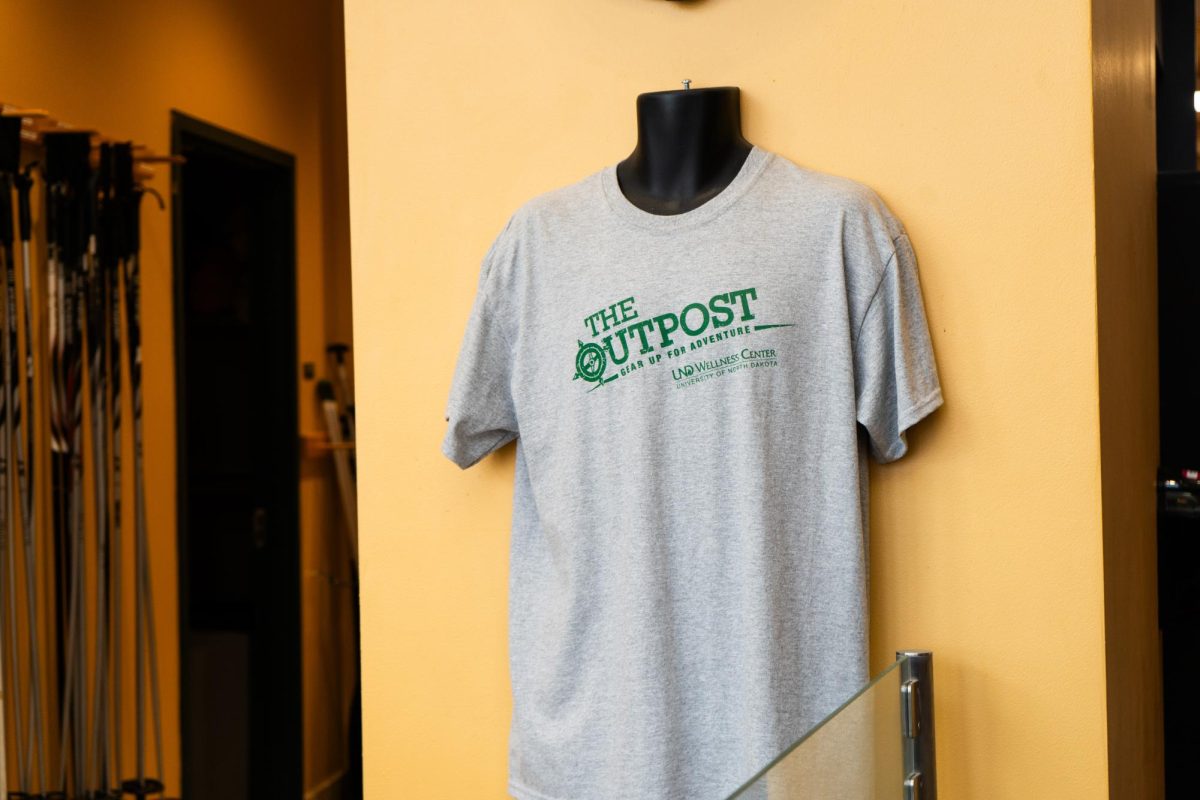As college students, we are heavily influenced by the fast fashion industry and how its support of cheap trendy clothing is advertised by the media. We love the idea of saving a quick buck while also getting to purchase the newest and trendiest piece of clothing. However, we don’t often stop to think about the effect that these purchases have on our environment and the treatment of our world’s workers. Fast fashion can be described as rapid and affordable production of clothing that contributes heavily to the current climate crisis we are facing and negatively affects ethical work environments. Fast fashion allows the consumer to make quick and affordable purchases to keep up with the newest fashion trends, which is highly appealing to young adults, especially ones in college.
“By 2030, global apparel consumption is projected to rise by 63%, from 62 million tons today to 102 million tons – equivalent to more than 500 billion additional T-shirts” (House of Commons Environmental Audit Committee 2019). These numbers tell us that if efforts aren’t made to minimize the growth of the fast fashion industry, global apparel consumption will continue to rise and negatively impact our Earth’s environment. Along with this, work environments will only become more dangerous and become unhealthier. Fast fashion contributes to not only unhealthy work environments for people, but also unhealthy living environments for animals as the dyes and materials used to create these products are not always disposed of properly and can make their way into nature.
If you are wondering how you can begin to minimize your negative impact on the environment, you can start by making efforts to shop more sustainably. Shopping sustainably means to shop in a way that has less of a negative impact on our world’s environment. You can do this by purchasing items that will last longer and that you will get more use out of. Another way is to do research about the brand you are shopping from. Check to see where their supplies come from, how often they release new products, how they treat their workers, and what efforts they are making to become more ethical and sustainable. If this information is not displayed publicly, you may want to steer clear of that brand.
Another sure-fire way to know that you are shopping sustainably is to purchase your clothing secondhand. This is probably the best method, especially for college students because it is easily accessible and affordable. One way that you can shop secondhand is online; you can do this through various websites and apps where people sell their old clothing that they don’t need anymore. This is a great way to purchase secondhand as well as to minimize your waste because you can sell your old clothing instead of throwing it out. This not only helps the environment, but also gives you a little more money to work with in your busy life.
Another great way to shop secondhand is to shop locally. This is really easy to do, especially in Grand Forks. We have so many affordable thrift stores and vintage clothing stores around town. Some great stops to make your way to when thrifting are Goodwill, Dakota Boys and Girls Ranch, Salvation Army, and St. Joseph’s. These places are also almost always taking donations, which is a great way to get rid of some of your old clothing without having to send it to a landfill.
If you are wanting to find some hidden gems and go vintage shopping, one of my favorite places I have found is located just outside of East Grand Forks and is open every Fall. This place is called Roadside 58, or The Barn Sale, and has an expansive selection of affordable vintage clothing and knickknacks. There is also the Antique Mall located in the Grand Cities Mall on Washington. Their selections can sometimes be a bit pricier due to the authentic pieces they have, but it is still a cool place to check out if you are interested in vintage items.
“Textile production generates 42 million tons of plastic waste per year” (The Roundup 2023). This waste and the methods of production that go into the creation of the waste negatively impacts our environment and affects the lives of workers in the fashion industry greatly. It is essential that you do your part by making sure that you attempt to make efforts to start shopping more sustainably. You don’t have to have perfect shopping habits, but a little really does go a long way.
Sources:
17 most worrying textile waste statistics & facts [2023] – the roundup. (n.d.-a). https://theroundup.org/textile-waste-statistics/
Fixing fashion: Clothing consumption and sustainability – report … (n.d.-b). https://publications.parliament.uk/pa/cm201719/cmselect/cmenvaud/1952/report-summary.html
Nora Lee is a Dakota Student General Reporter. She can be reached at nora.lee@und.edu.














